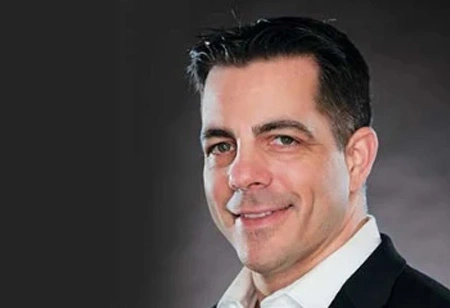Thank you for Subscribing to Healthcare Business Review Weekly Brief

The Future Of Medtech Lies In Advanced Technology
Healthcare Business Review
Exponential technological advancement continues to catalyze robust MedTech innovation, but significant hurdles exist in parallel with opportunities. On top of ever changing healthcare delivery strategies, successful innovation requires prudent navigation through the capital, regulatory, and reimbursement obstacles putting immense pressure on young MedTech companies.
The nature of healthcare creates a reciprocal environment in which health systems, payers, and innovative the rapies coexist. MedTech adoption has shifted toward a broader evaluation criterion including patient safety, patient experience, and cost effectiveness. As such, the purchasing process has evolved toward a panel evaluation model to determine the perceived added value in adopting a new technology. Innovation holds no value if technology access points can’t be created.
Therein lies the paradox–innovative the rapies that show improved patient outcomes, safety, experience, etc. but lack an associated reimbursement revenue stream will struggle to build a strong value proposition in a cost-controlled healthcare environment. Moreover, reimbursement approval can be a lengthy and costly process. Without a solid reimbursement strategy, emerging MedTech’s may find it challenging to generate the funding needed to successfully bring a product to market.
Advanced neuro-rehabilitation devices capture the challenges associated with successful market entry quite well. Traditional rehabilitation interventions for movement disorders related to brain, spinal cord, or peripheral nerve damage include repetition-based training often carried out by relatively “low-tech” means (i.e. tennis balls, rubber bands, therapist assisted movement, etc.). In an effort to increase the repetition and intensity of patient therapy, various global MedTech’s have developed a tremendous volume of advanced robotics, wearable sensor, and augmented/virtual reality innovations aimed at improving upon proven rehabilitation interventions.
A general goal of neuro-rehab device advancements is increasing patient effort and training intensity through assist as needed robotic capabilities, real time biofeedback, and/or engaging simulated environments–none of which traditional models provide in an objectively measurable fashion. As an added benefit, the complex hardware and software components operating robotic neuro-rehab devices provide a fundamental platform to collect massive amounts of data useful for tailoring patient treatments and/or aggregating big data for research and analysis.
A general goal of neuro-rehab device advancements is increasing patient effort and training intensity through assist as needed robotic capabilities, real time biofeedback, and/or engaging simulat
Assuming advanced neuro-rehab technologies provide better patient compliance, outcomes, and data tracking; the financial impact of replacing or augmenting traditional low-tech methods will heavily impact adoption. In the current state, there is no specific code for robotic therapy and reimbursement is provided under the same therapy exercise code billed for manual “lowtech” interventions. Robotic neuro-rehab device price points can easily exceed $200,000 USD and often require significant space allocation. The challenge for successful innovation in this niche isn’t necessarily limited by a lack of ideas or raw goods, but instead by a high market entry cost and perceived overall adoption value at the hospital level.
Regardless of the obstacles, young and small MedTech’s have the ability to drive major innovation in optimizing current interventions and developing entirely new approaches. Innovation, like healthcare, is a fragmented environment. We have the ability to aggregate and track metadata through the patient journey but limited resources to access or interpret this data across multiple platforms. The sheer nature of developing and testing novel ideas will amplify current delivery gaps that MedTech’s can leverage for competitive advantage.
Advancements in 3-D print manufacturing, 5G technology, and Artificial Intelligence will continue to influence production costs, information sharing, and data analysis leading to bespoke patient solutions (therapeutic drugs, custom made wearables, etc.) and improved value at the hospital level.
The availability of innovation incubators and a trend toward decentralized R&D processes create additional opportunities for MedTechs to enter co-development partnerships or Joint Ventures aimed to break down market entry barriers and improve patient offerings. Regardless the path to market taken, MedTech leadership should maintain a clear focus on solving a real problem and proactively addressing regulatory and reimbursement obstacles in the early stages.









